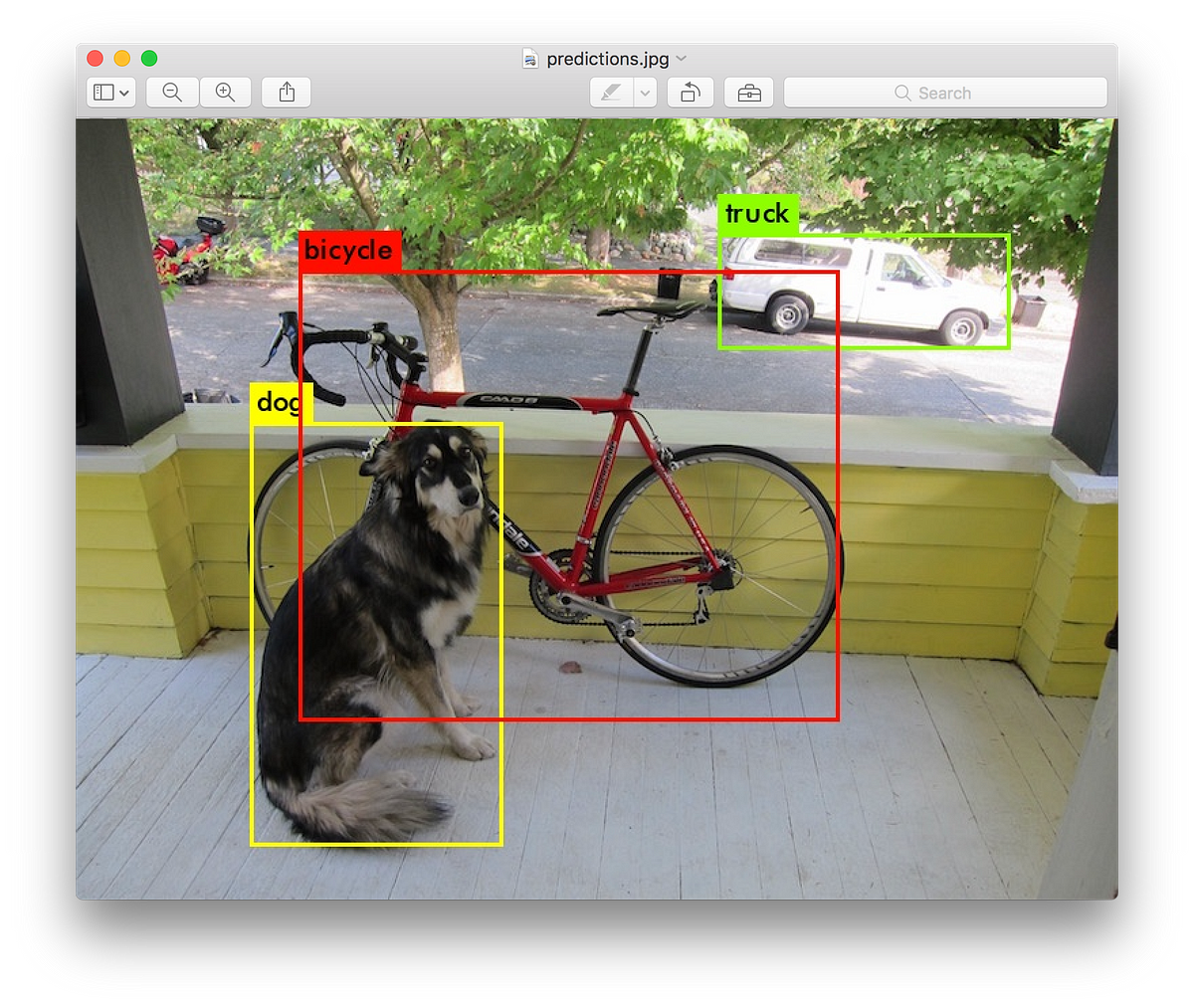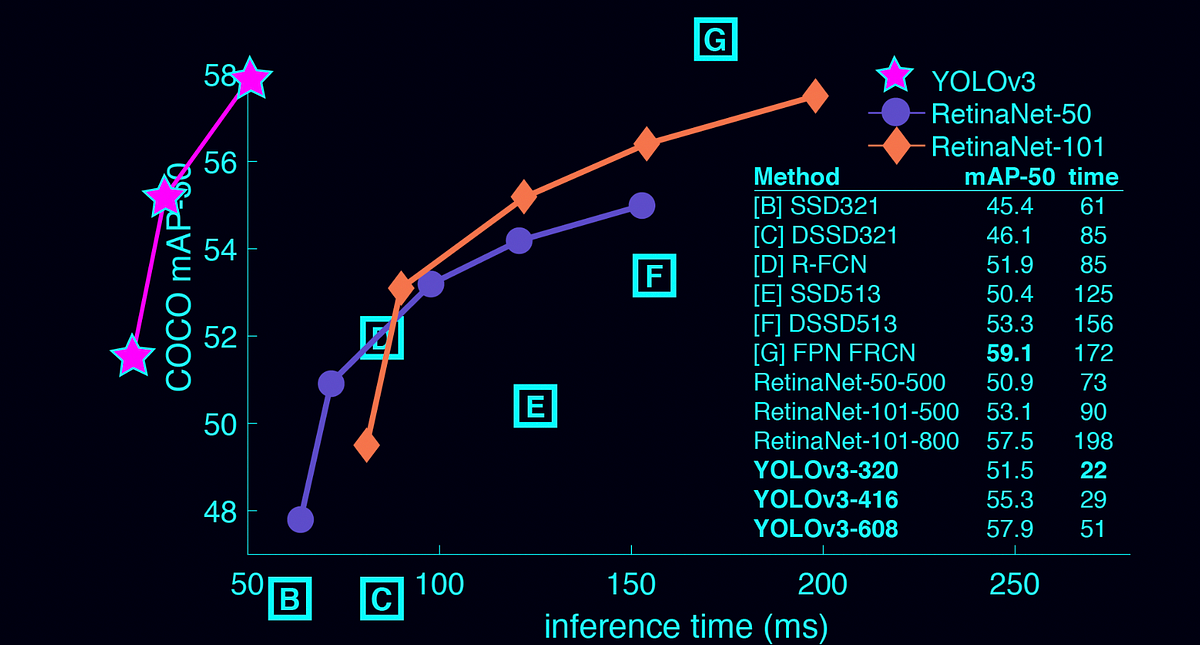http://sh017.hostgator.tempwebhost.net/media/33949d0e61af4b50f374c534713f56b3
According to world health organization, more than 1.35 million people die every year because of vehicle accidents . Vehicle safety features started with passive safety approaches such as the seatbelts . After that, active safety features introduced in vehicles, such as airbags, Anti-lock Braking System (ABS).
Introduction
In the field of autonomous vehicles, object detection is a critical task. Autonomous vehicles need to be able to detect objects in real-time to navigate safely on the road. YOLO is a popular choice for object detection in autonomous vehicles, as it can detect multiple objects in real-time with high accuracy.
How YOLO Differs from Other Algorithm

Traditionally, object detection algorithms used to run a classifier on many regions of interest (ROI) in an image, which made it slow and computationally expensive. However, YOLO takes a different approach. It divides the image into a grid of cells and predicts bounding boxes and class probabilities for each cell.

The architecture of YOLO is based on a convolutional neural network (CNN). The CNN is trained on a large dataset of images and corresponding bounding box annotations. During training, the network learns to predict the bounding boxes and class probabilities for each cell in the grid. The final output of the network is a set of bounding boxes, each with a corresponding class probability.
Improvement of YOLO Algorithm
There are several versions of YOLO that have been released since its initial introduction in 2016.
- YOLOv1: This was the first version of YOLO introduced in 2016. It had a relatively simple architecture and achieved real-time performance on GPUs. However, its accuracy was not as good .
- YOLOv2: This version of YOLO was introduced in 2017 and addressed some of the limitations of YOLOv1. It had a more complex architecture with skip connections and batch normalization, which improved its accuracy.
- YOLOv3: This version of YOLO was introduced in 2018 and further improved the accuracy of YOLOv2. It introduced a new backbone network called Darknet-53, which was deeper and more powerful than the previous network.
- YOLOv4: This version of YOLO was introduced in 2020 and achieved performance on several different datasets.YOLOv4 reduce overfitting and improve generalization.
- YOLOv5: This version of YOLO was introduced in 2020 by Ultralytics and is based on the EfficientDet architecture. YOLOv5 achieved better accuracy than YOLOv4 while also being faster and more efficient.
Advantages Of YOLO
YOLO is extremely fast and efficient.Its speed, accuracy, and ease of implementation make it a popular choice for object detection applications in computer vision. Its ability to handle objects of different sizes and orientations also makes it a versatile algorithm that can be applied to a wide range of use cases.
Conclusion
Yolo widely used in Autonomous vehicles which helps the vehicle to make decisions and avoid collisions.It is also used in Healthcare,Robotics,Retail etc.
Overall, YOLO’s speed and accuracy make it a valuable.
